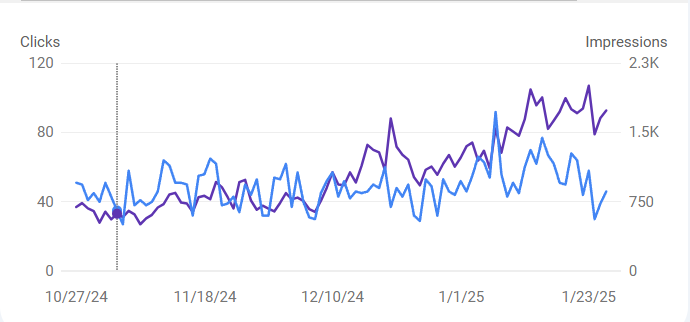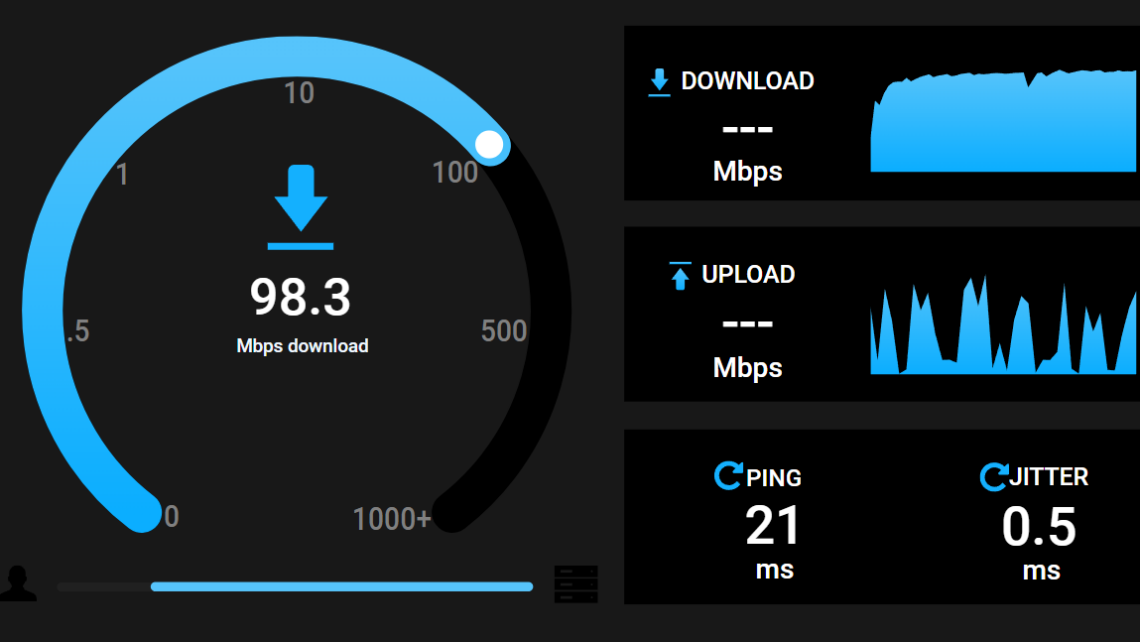Whether you run a local café in Bridgeland, a mobile landscaping business in the south, or a boutique in Inglewood — one thing’s clear: attracting new customers is the heartbeat of any Calgary small business. But how do you stand out in a busy, competitive city?
Here are 12 local-focused, proven ways to grow your customer base — with an added bonus on how to run promotions the smart way.
If you want a printable version of this checklist to make this process easier to keep track of, it can be found here
1. Leverage Online Reviews as Social Proof
Calgarians rely heavily on reviews — especially when choosing a new hairdresser, mechanic, or massage therapist. Ask satisfied customers to leave you a review on Google or Yelp, and include a quick link in a follow-up email. Then showcase your reviews on your website, store signage, and social channels. People trust people — let your happy customers do the selling.
2. Collaborate With Complementary Calgary Businesses
Partnering with a business that shares your customer base (but not your product) is a great way to reach new audiences. For example, a local gym might team up with a healthy meal prep company to offer bundled discounts. This kind of cross-promotion is a win-win — and it doubles your reach overnight.
3. Share Helpful Content on Social Media
Short videos, behind-the-scenes photos, “how-to” reels, or customer testimonials — they all work. Keep it real and local. A landscaping company can post lawn tips for Calgary’s dry climate. A bakery can show off its daily fresh bakes. Over time, this builds a familiarity that turns into trust, and trust turns into customers.
4. Build a Simple Loyalty Program
It costs more to get a new customer than to keep one — so why not do both? Offer first-time customers an incentive to come back. A digital punch card, a points system, or just a “10% off your third visit” offer is enough. Keep it simple and easy to redeem.
5. Run Local Promotions That Feel Exclusive
Whether it’s “First 3 Dog Walks for $25” or “$10 Off Your First Order in Calgary,” tailor your promotions for new customers only — and let them know this offer is just for them. It lowers the barrier to entry and makes trying your service feel like a no-brainer.
6. Make Your Website Work Like a Salesperson
Your website should sell while you sleep. Make sure it’s mobile-friendly, loads fast, and includes your hours, reviews, location, and a simple way to contact or book you. If it’s been more than 2 years since your last update, consider a refresh. Calgarians are online — your site should be, too.
7. Ask for Referrals — and Reward Them
One of the best ways to gain new business is through your current happy customers. Instead of hoping they refer you, make it easy. Offer a small reward for each successful referral, such as a discount or a freebie. Even a “refer a friend and get $10 off” campaign can lead to massive word-of-mouth exposure.
8. Join Local Events and Sponsor Community Causes
Whether it’s setting up a booth at the Calgary Night Market, sponsoring a youth soccer team, or donating to local food banks, showing up in your community builds visibility. People love supporting businesses that care about Calgary. When they see you involved, they’re more likely to remember you — and buy from you.
9. Bring a Friend Promotions = Instant Growth
The simplest way to multiply your audience? Let your customers do the inviting. Offer “bring a friend” deals like “Buy One, Get One Free” or “50% off your friend’s first visit.” These promos are low-cost and often lead to a wave of new business.
10. Reconnect With Past Customers
Don’t let past clients fade away. Reach out with a quick “We miss you!” message and a special offer to bring them back. It could be a reactivation discount or a simple check-in email. A little nudge can revive an old relationship — especially if their original experience with you was great.
11. Educate Through Free Workshops or Demos
Whether in-person or virtual, sharing your knowledge builds authority and trust. A Calgary dog trainer might host a “Free Puppy 101 Class,” or a financial planner could offer a free budgeting webinar. These sessions give potential customers a taste of what you offer — and make you the go-to expert.
12. Network With the Right People in the Right Places
Get involved with local business groups like Calgary Chamber, Startup Calgary, or your community’s BIA (Business Improvement Area). Attend meetups, show up at mixers, and introduce yourself. When people know who you are, they’re more likely to support your business — or recommend it.
💰 Bonus: The Psychology of Sales — Why How You Price Matters
Sales work — but how you frame them is the real game-changer.
🔹 For higher-priced products (over $100):
Use dollar-based discounts.
- ✅ Better: “Get $50 Off All Custom Orders”
- ❌ Weaker: “Get 15% Off Custom Orders”
Dollar discounts feel more tangible and valuable, especially for big-ticket items.
🔹 For lower-priced items (under $100):
Use percentage discounts to make them feel more exciting.
- ✅ “25% Off All Accessories”
- ❌ “Save $5 on Accessories”
People mentally overvalue percentages when the actual dollar amount is small.
🧠 Tip:
Always run sales with a time limit, or tie them to local events like Family Day, Stampede Week, or the Holiday Season — this urgency increases conversion.
Final Thoughts
Attracting new customers in Calgary isn’t about gimmicks — it’s about building trust, offering value, and showing up where people are already looking. Try out 2–3 of these strategies this month and track what works. Small changes can lead to big wins.
Want help designing your next promo, referral program, or sales campaign? Let’s brainstorm together — Calgary has no shortage of opportunities.















